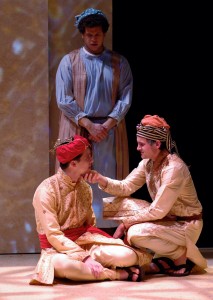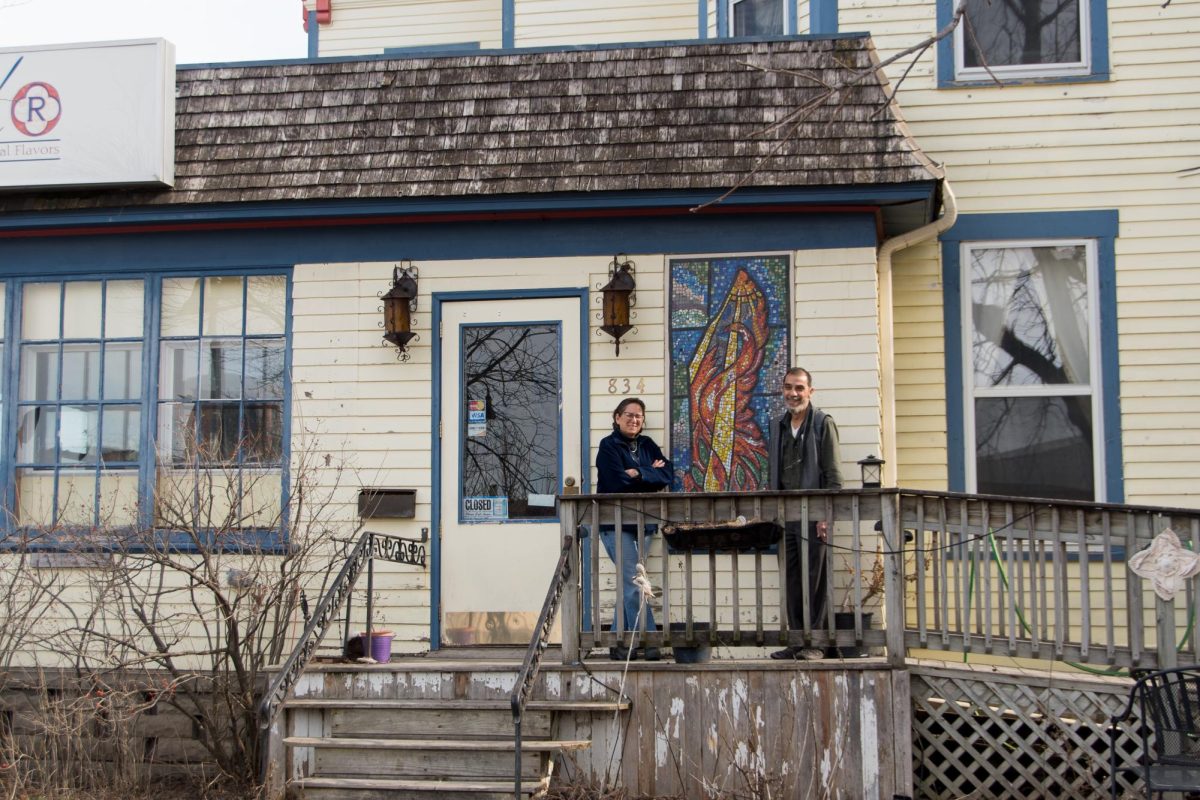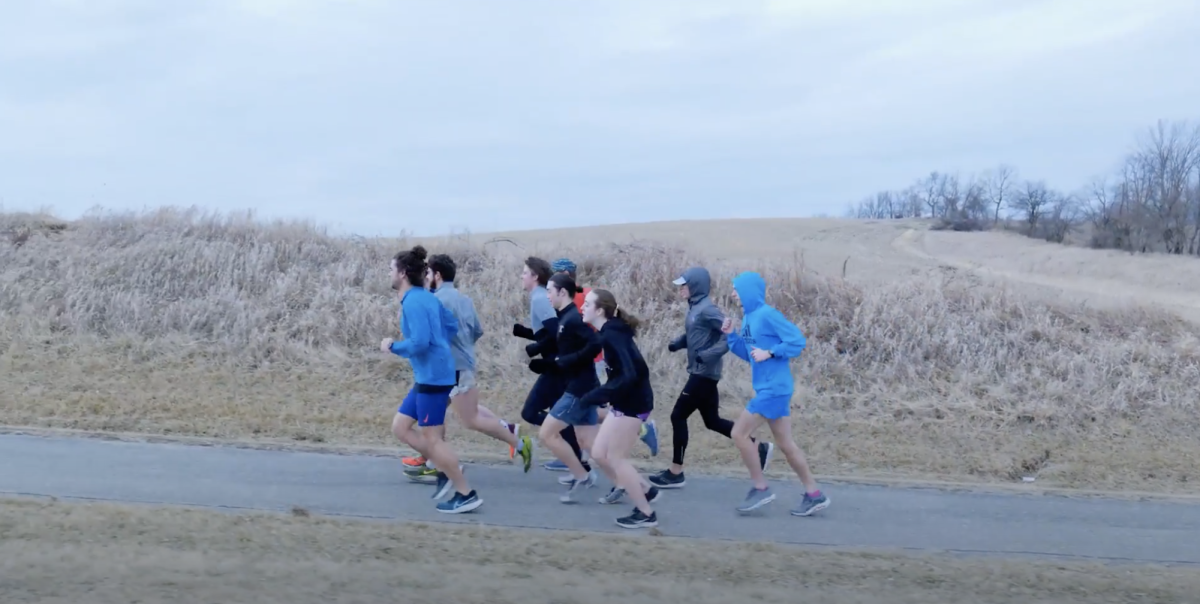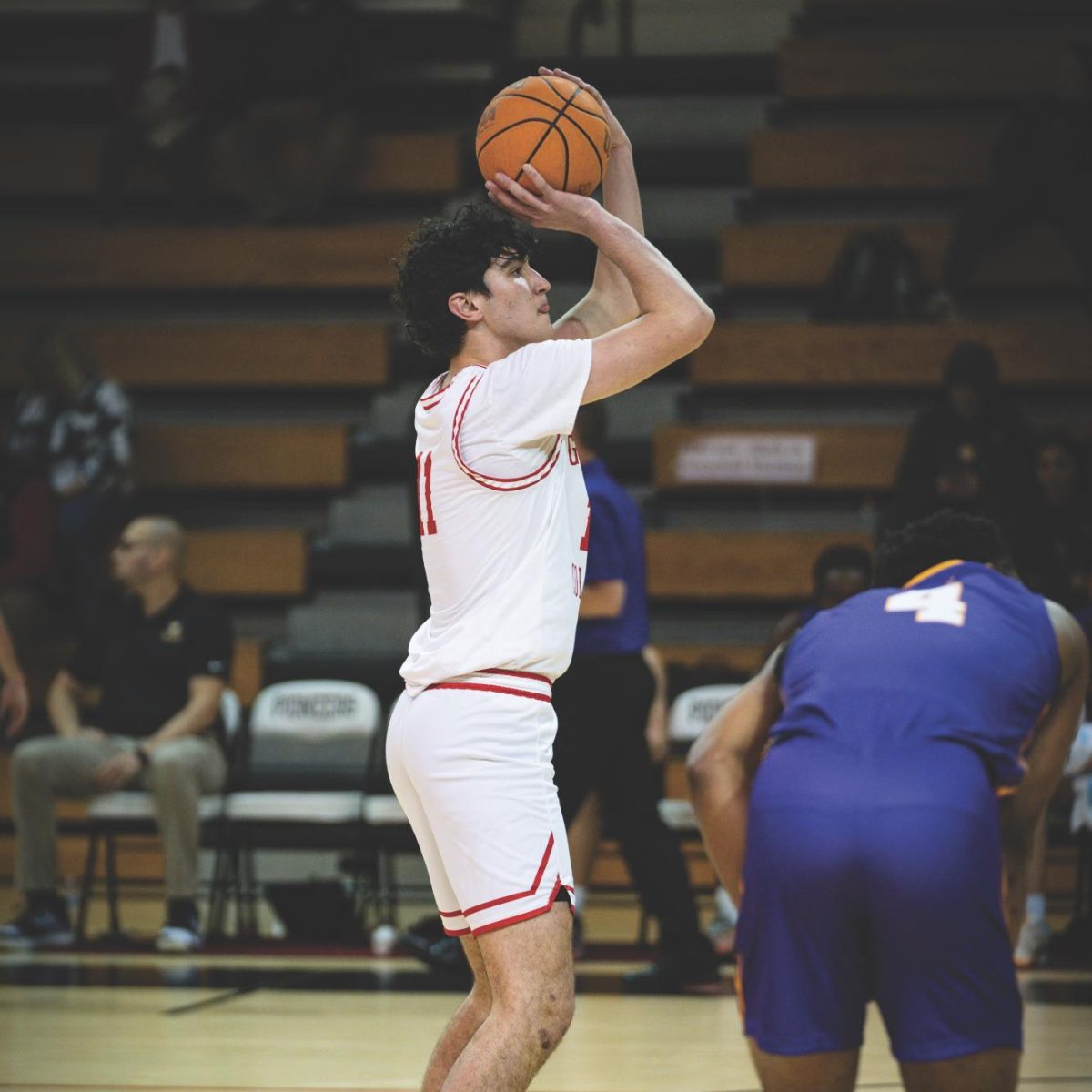A welcoming yet suspicious, even austere, sense of mystery overwhelms the body as you walk in to Flanagan Theatre. You pace down the rows of chairs, unsure just what kind of space you’re encountering. As you take your seat in the dim lighted room, you look up at the stage; broken mirrors are displayed through projectors on mobile screens that encompass the thematic portrayal of the whole production. Suddenly the lights dim into darkness, narrators begin to speak, and you are brought into an intensely all-encompassing theatrical world.

In an interview with “Broken Mirrors” Director Lesley Delmenico, Professor of Theater, Delmenico described this production as displaying characteristics encompassed by many postcolonial nations, in particular India. Conceptually, colonialism has been viewed as an agent causing economic deterrence by disallowing the establishment of economically based institutions to develop personal and national capital. However, colonialism, as Delmenico and many other scholars suggest, also inevitably impacts notions of identity.
“Sometimes called a ‘magical realist’ writer, Salman Rushdie provides no easy answers to the questions he raises,” Delmenico wrote in an email. “The ‘broken mirrors’ of his displaced Indian identity reflect British colonial influence and his long-time residences in the U.K. and U.S. Rushdie sets his stories in “the East,” “the West,” and what he calls the “East, West,” a hybrid zone of postcoloniality and globalization”. Through her creative webbing of three distinct, yet interconnected plays, Delmenico, as well the cast and crew, display and portray, through dramatic presentation, anything but a simple linear or singular Indian identity.
The third story, entitled “The Courter,” takes place in a 1960’s district of London inhabited by a large population of Indian immigrants, one of Rushdie’s “East,West” hybrid zones, according to Delmenico.
“[“The Courter”] does an apt job of showing the life of an immigrant; to have roots in one place and your presence in another,” Ashur Bratt ’12 said. Bratt, a narrator and actor in the production, reflected on the figurative image of the broken mirror. He described the conceptual and analytical focus of the shattered reflection as a symbol of the multifaceted identity that many people, not just in post-colonial nations, face in everyday existence. Bratt figuratively described the gaze into a shattered mirror as displaying different, yet interconnected reflections of the particular individual.
The cast has worked in conjunction with Delmenico to dramatically produce multifaceted characters, which reflect an intergenerational hybrid between distinct selves and cultures. Not a small theatrical task, but as Bratt said, “If the author can do it, then what can we all do?”





















































